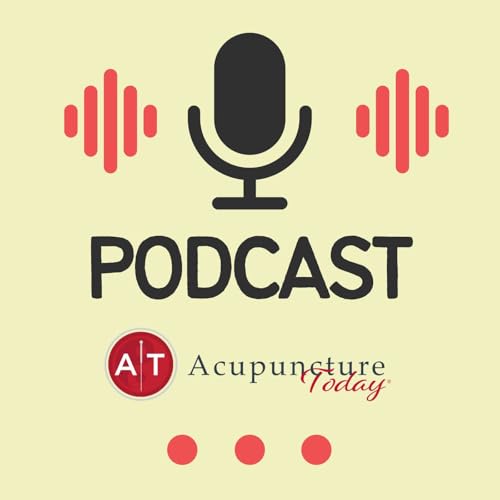This article highlights the critical, often overlooked, role of the Seven Affects (anger, joy, worry, sorrow, thought, fear, and fright) as instigators of chronic disease, or "long disease," a concept typically centered on external factors like the Six Excesses. Emotional states, when sustained at an abnormal intensity and duration, cause internal damage by directly damaging internal organs and disrupting the flow of qi, blood, yin, and yang. Specific connections are detailed, such as anger damaging the liver, worry/sorrow harming the lungs, and fear damaging the kidneys. The impact of this emotional imbalance is pervasive; for instance, chronic fear during a viral infection can undermine the efficacy of both acupuncture and herbal treatments, resulting in temporary or subpar outcomes often misattributed to a "wrong diagnosis". Practitioners are urged to prioritize keeping the Seven Affects in mind when developing treatment protocols for long disease. The author recommends using the concept of "emotional atmosphere" to educate patients, helping them understand that continuous stress or emotional distress (allostatic load) directly contributes to lingering disease states and poor recovery. By educating and inspiring patients using the Seven Affects framework, practitioners empower patients to actively contribute to their own healing, recognizing that compassionate presence and sincere listening are equally as vital as the physical treatments provided.
 8 分
8 分 7 分
7 分 7 分
7 分 7 分
7 分 2025/12/027 分
2025/12/027 分 7 分
7 分 7 分
7 分 8 分
8 分
